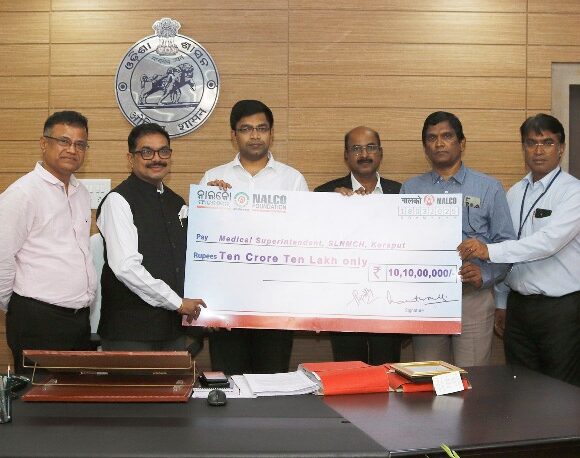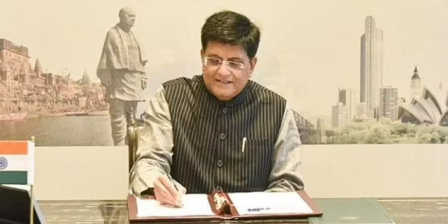Fall in Kharif output may keep rice prices at elevated levels

NEW DELHI,SEPT. 19: A 6-7 million tonnes shortfall in rice production due to a fall in paddy sowing area is likely to keep rice prices at elevated levels, adding to the inflationary pressure that the slowing economy is already grappling with.
Elevated food prices, including that of cereals, had led to retail inflation reversing a three-month declining trend, to touch 7 per cent in August.
Similarly, the wholesale price inflation, which declined to 11-month low, also showed price pressures from cereals resulting from wheat output being impacted by severe heat waves in some parts of the country. In addition to this, expectation of a lower paddy output – conservative by government estimates and higher if outside experts are to be believed – will keep inflationary expectations higher, experts and analysts believe.
Erratic June-September rainfall and delayed withdrawal of South-West monsoon rains have added to concerns over paddy crop.
India’s rice production during the 2021-22 crop year, ended June, stood at record 130.29 million tonnes (MT) as against 124.37 MT in the previous year. Food ministry has projected a fall of 6-7 MT in rice production during this year’s Kharif season, which accounts for 85 per cent of the country’s total rice output.
However, some believe there is no cause of panic yet and that the buffer stock India maintains is enough to meet demand for the public distribution system (PDS).
Also, the government intervention in the form of banning export of broken rice and slapping a 20 per cent duty on export of non-basmati and non-par boiled rice will help contain the situation.
These restrictions were imposed due to price rise in rice and animal feed in the last one year.
As per the data maintained by the Consumer Affairs ministry, the wholesale prices have risen by 10.7 per cent to Rs 3,357.2 per quintal as on September 14, from Rs 3,047.32 per quintal a year ago. The retail prices rose 9.47 per cent to Rs 38.15 per kg from Rs 34.85 per kg.
An article published in RBI’s latest bulletin said that there is “a resurgence of food price pressures, mainly stemming from cereals even as fuel and core components provided a modest measure of respite.”
Uneven spatial distribution of rain in September has set-off an upsurge in prices of key vegetables, in particular, tomatoes, it added.
“On the food front, furthermore, we need to brace for the impact of the predicted delayed withdrawal of the monsoon,” the RBI article said. A monthly Economic Review released by the Finance Ministry on Saturday noted that inflationary pressures in India appear to be on a decline with a pre-emptive set of administrative measures by the government, agile monetary policy, and easing of international commodity prices and supply-chain bottlenecks.
However, it cautioned, there is no “room for complacency on the inflation front as lower crop-sowing for the Kharif season calls for deft management of stocks of agricultural commodities and market prices without unduly jeopardising farm exports.”
The government officials feel there is no cause of panic as the measures in recent times were adequate to tide over the situation.
“I do not see any immediate big threat to domestic inflation in rice. Some increase in price is actually there because of increase in MSP and other input costs like fertilisers and fuel. Some increase will be there when prices of all commodities are rising,” Niti Aayog member Ramesh Chand said.
-PTI








